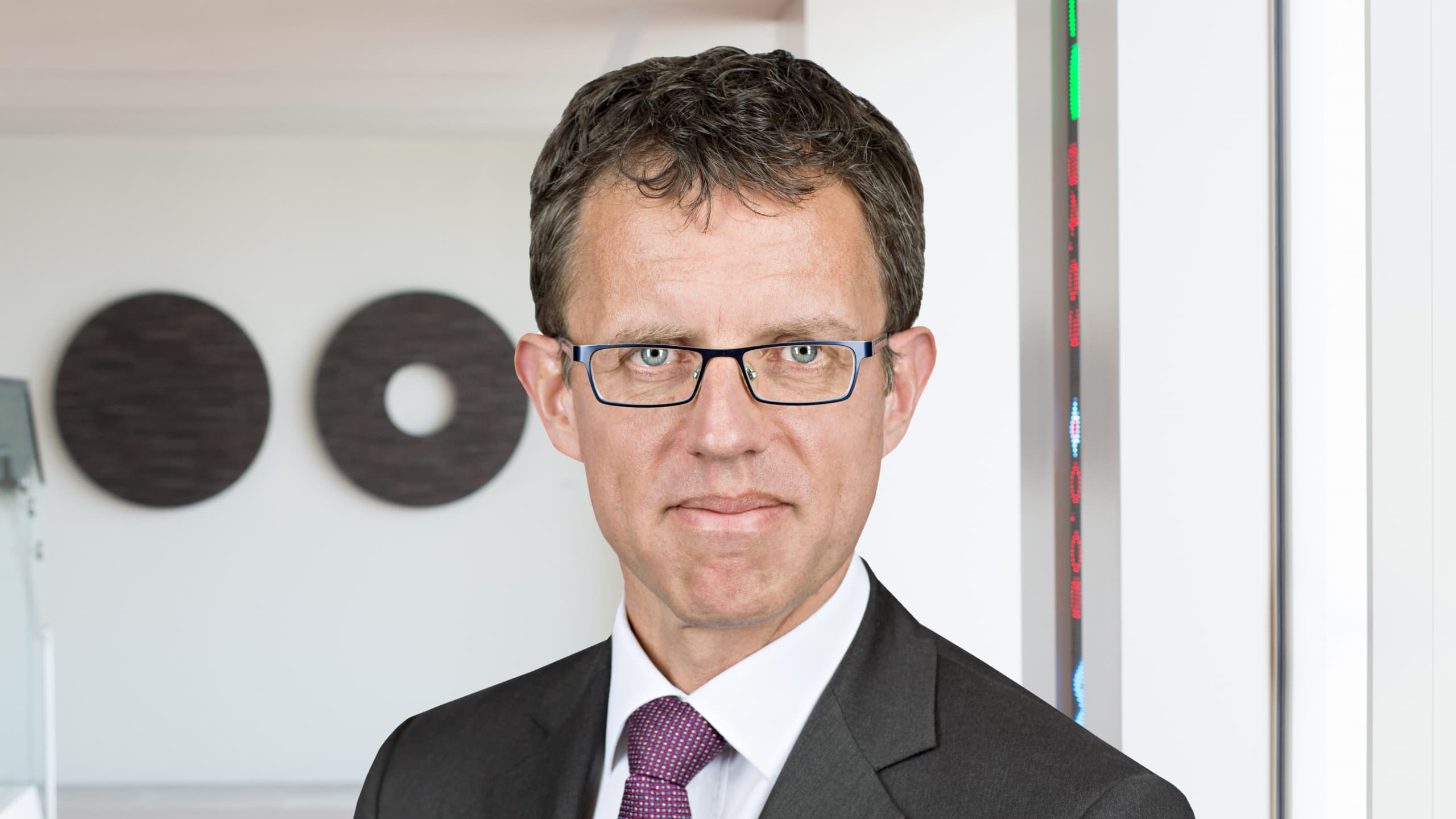The Dutch pension system is being overhauled, transitioning from a defined benefit (DB) model to a collective defined contribution (DC) system. It’s a radical change for the largest pension system in Europe – one which has long been widely seen as a model for delivering a high degree of income security. The restructuring will bring about sweeping changes in the way Dutch pension funds manage their assets, with important implications for asset classes and investors.
The overhaul of the eurozone’s largest pension system echoes moves happening around the world, with close to no new benefits accruing in DB funds globally. The long period of low interest rates that preceded the current hiking cycle has exposed the limits of DB systems. However, unlike similar shifts from DB to DC in the U.S., the U.K., and elsewhere, it is not only future pension savings that will flow into the new system, but existing DB assets.
The transition, approved by the Dutch Parliament earlier this year, will affect virtually all accrued benefits (about €1.2 trillion in total). It will be a complex yet gradual evolution, with Dutch pension funds having until 1 January 2028 to comply.
The biggest impact on markets will likely stem from the elimination of the need to hedge liability-duration risk. The net result could be less structural duration demand from Dutch pension funds, which have traditionally been one of the main buyers of long-end euro duration assets. We anticipate this will support structurally steeper euro swap curves over the long term. Some of this has already occurred after the law took effect in July. However, we expect more significant shifts between 2026 and 2027, when the bulk of the large pension funds will transition to the new DC strategy.
Overview of the Dutch pension industry
The Dutch pension system has three pillars, each of which will be affected differently under the new law. The majority of pension liabilities, 86%, are held by industrywide funds (BPF), which have hedged only about half their liabilities. We distinguish these from corporate pension funds (OPF), which have hedged nearly 80% their liability risk (see Figure 1). As a result, many corporates may not transition existing liabilities to the new system, choosing instead to close existing pension funds and match all liabilities.
Pension Liabilities
Dutch pension fund liabilities had an average duration of about 17.5 years at the end of 2022, with a total present value of one basis point (or PV01) of €2.2 billion. This underscores the large sensitivity of liabilities to changes in interest rates, and the need to hedge liabilities with interest rate instruments.
Figure 2 shows the estimated sensitivity of liabilities to a change of one basis point (bp) at various maturities. The sensitivity is split between pensioners (who currently receive a pension) and non-pensioners (who are not yet receiving a pension). Non-pensioner liabilities make up the majority of the PV01 because these liabilities are due further in the future and therefore have a longer duration.
Dutch pension reform
We expect most Dutch pension systems to begin altering their investment strategies in January 2025, although the majority will likely start in 2026 and 2027.
Duration matching will diminish but not completely disappear, despite the absence of explicit liabilities. Funds can choose between a collective (SPR) and an individual (FPR) pension contract. Industrywide funds will likely choose SPR, which includes a matching component that increases with a participant’s age. Under FPR, pension funds are likely to target stable payouts for pensioners, which would best be achieved with LDI (liability-driven investing) portfolios. So the change will be from the current system, where 58% of all liabilities are hedged, to a situation where mainly (shorter-duration) pensioner liabilities are hedged.
Below are our estimates of the overall impact of how the main factors that determine matching will change between now and after pension reform. We specify a base scenario, as well as two alternative scenarios, with a smaller and larger change versus the current situation:
- The liability hedge ratio (the percentage of liability duration that is hedged) going into transition, could go up in the early years as funds reduce risk to smooth the transition (we expect a 58%–70% ratio)
- The percentage of pensioner liabilities matched, i.e., hedged with assets (we expect 75%–90%)
- The percentage of non-pensioner liabilities that are matched (we expect 15%–35%)
- The percentage of corporate pension funds that currently have high hedge ratios and will close their fund and fully match liabilities (25%–75%)
- Pension uplift in the transition process as some of the surplus is allocated to increase projected pensions (we expect 0%–10%)
How the reform of Dutch pensions will impact long-end euro rate curves
In our base case, the Dutch pension reform will trigger a sharp reduction in liability hedging needs on the order of €400 million PV01, mainly in the 20-year, 30-year and 50-year buckets. To put this into context, this is equivalent to the PV01 of the record high annual net supply for European government bonds for 2023 (see Figure 3).
Impact on the broader European rates market
The Dutch pension fund reform should reduce structural demand for long-end duration assets and support curve steepeners over the long-term horizon. The impact should be felt mostly in swaps rather than bonds in the 50-year part of the curve as 50-year swaps are the main instruments used to hedge liabilities. In the 20-year and 30-year sectors, a combination of German and Dutch bonds and euro swaps are used for hedging.
This adds on to other steepening forces, such as European government bond supply which will likely remain near all-time highs in 2024, or a potential acceleration to quantitative tightening dynamics by the European Central Bank (ECB). Even if the ECB were to resume its hiking cycle, the size of the hikes would likely be smaller than they were at the peak of the hiking cycle (as much as 75 bps) as uncertainty around the pace of inflation wanes. This means the front-end rates would stop driving curve moves, allowing for repricing of the term premium at the long end. All these factors point to structurally steeper curves over the medium- to long-term horizon.
With Dutch pension fund demand for long duration assets muted over the past few months as yields have stabilised and as they plan for the transition, some of the impact has already been felt on European curves, with the 10s-30s euro swap curve steepening by over 30 bps since the start of July. However, we expect most of the impact to happen over 2026–2027, when the bulk of the pension funds go through the transition. While we don’t believe this will have a material impact on the direction of rates (which, at the front end, remains driven mostly by central bank rate decisions), we think this could structurally change the shape of the curve and call for further steepening and repricing of the term premium. This should happen naturally as structural demand for long duration assets dries up and pension funds switch their existing hedges to shorter maturities.
Opportunities for investors
Over the next few years, the duration that needs to be hedged by Dutch pension funds will decline, reducing the size of the LDI market in the Eurozone. However, besides the more direct implications for strategies benefiting from curve steepening, the range of opportunities for the remaining LDI hedging needs has also expanded. Even if liabilities change in structure, they will still exist due to the need to match current pensioners’ liabilities. Funds are likely to keep these assets in the traditional European fixed income bucket, which now offers attractive yields compared to history, and they can also be deployed in safe but higher-yielding securities such as global bond and credit strategies.
The focus on nominal pensions was always seen as a weakness in the current system, and going forward pension funds can strive to pay real pensions. This suggests increasing investments in real return strategies, such as inflation-linked bonds, whose attractiveness has increased with positive real rates.






